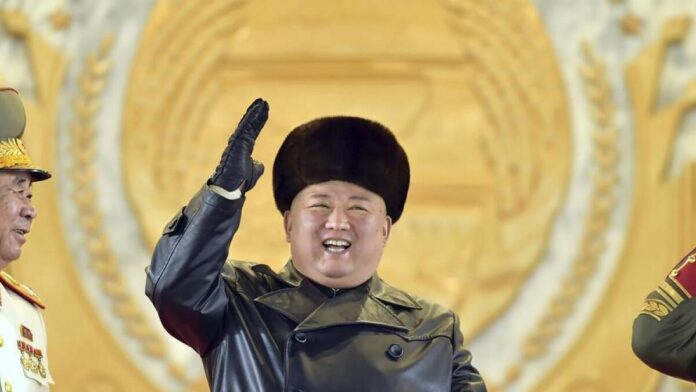| Translate This News In |
|---|
Based on data from South Korean and UN agencies, as well as interviews with defectors, the ministry in charge of North Korean affairs produced a study on political, economic, and social changes during Kim’s 10-year reign.
While the isolated country has been plagued by coronavirus outbreaks and sanctions over its weapons programmes, private sector activity has increased from around 28% of the economy a decade ago to over 38% now, according to the ministry.
Meanwhile, government-led initiatives have dropped from 37% to 29% of the economy, with roughly 9% of the GDP coming from companies that work in both the public and private sectors, up from 7%.
The number of merchants has also increased fourfold, from 338 in 2011 to around 1368 in 2018, before plummeting due to economic troubles and the pandemic.
“The proportion of the private economy is on a long-term upward trend as marketisation develops,” the ministry stated. “A dual economy, public and private, is being created by people’s activities.”
North Korea does not respond to questions from international journalists, and its government and state media rarely provide information about the country’s economic situation.
Kim took over as leader after his father, Kim Jong Il, died in late 2011.
North Korea’s gross domestic product (GDP) increased by 3.9 percent in 2016, the quickest rate in 17 years, thanks to the new leader’s acceptance of markets formerly despised by his father.
According to a ministry official, sanctions imposed over nuclear and long-range missile tests masked early progress, even as Kim committed to build a self-sufficient economy after declaring the “state nuclear force” complete in 2017.
“After all,” the source added, “they need to develop policies toward denuclearization and economic cooperation in order to achieve sustained economic growth and substantively better people’s livelihoods.”
As a result of the epidemic and natural catastrophes, North Korea’s GDP contracted for the first time in 23 years in 2020, and grain production fell to its lowest level under Kim, at 4.4 million people. North Korea’s trade with its closest ally, China, has dropped by more than 90% since its high in 2014.
Despite “grim” economic prospects, Kim warned of a “very enormous struggle” next year, and in October, he called for focused on improving people’s lives.
Although North Korea has not confirmed any COVID-19 infections, the country has closed its borders and severely limited public transportation and inter-state travel.


















